10 Interesting Facts You Probably Didn’t Know About Singapore’s Chinatown
Singapore has an extremely rich history. Despite being a small and young island, we have an really interesting past. A past that even some Singaporeans may be unaware of.
With the recent passing of Chinese New Year, Chinatown has come under the spotlight with its new year decorations and bustle of activity as people buy snacks and clothes for the festivities.
However, Chinatown wasn’t always this pristine, overpriced tourist attraction. In fact, Chinatown of the past was one that is vastly different to the one we see today. So here are 10 interesting facts you probably didn’t know about Singapore’s Chinatown.
1. Stamford Raffles racial segregation was what gave birth to Chinatown
Source: Monescape / Shutterstock.com
Many people don’t know that Chinatown existed all the way from 1822 and that it was our British colonisers who actually created this famous tourist spot.
When Stamford Raffles first came to Singapore in 1819, he set up a trading settlement. He then left Singapore under British command. A couple of years later, in 1822, he returned to Singapore and set up a system where the city would be segregated by the four ethnicities.
The races were each allocated an area and the Chinese were given the area near the Singapore River. This is how Chinatown was born.
Of course, today, in our multicultural society, we have many Indians, Malays and Eurasians also living and frequenting Chinatown.
2. Singapore’s two Chinatowns
Source: Juntinglin / Shutterstock.com
Singapore actually has two Chinatowns. A fact that even most Singaporeans don’t know.
The official Chinatown is the well-known place by the Singapore River which is featured prominently in tourist brochures and travel agencies.
However, there is a second “People’s Chinatown” which has popped up in Geylang. This was created thanks to the increasing numbers of Chinese migrants who flooded the area and started businesses and food places there.
Many people consider the “People’s Chinatown” to be a closer representation of a traditional Chinatown. Things there are also much cheaper then the “Official Chinatown”.
3. The Official Chinatown of Singapore
Source: Travel Man / Shutterstock.com
There are many ways that locals refer to the official Chinatown in Singapore and one of the ways is Niu Che Shui (牛车水) which means “Ox-cart water”. It is pronounced in many different ways by the various dialect groups (such as Hokkien and Cantonese) which is what led to there being so many ways to refer to Chinatown.
4. Sago Street used to be home to a number of ‘death houses’
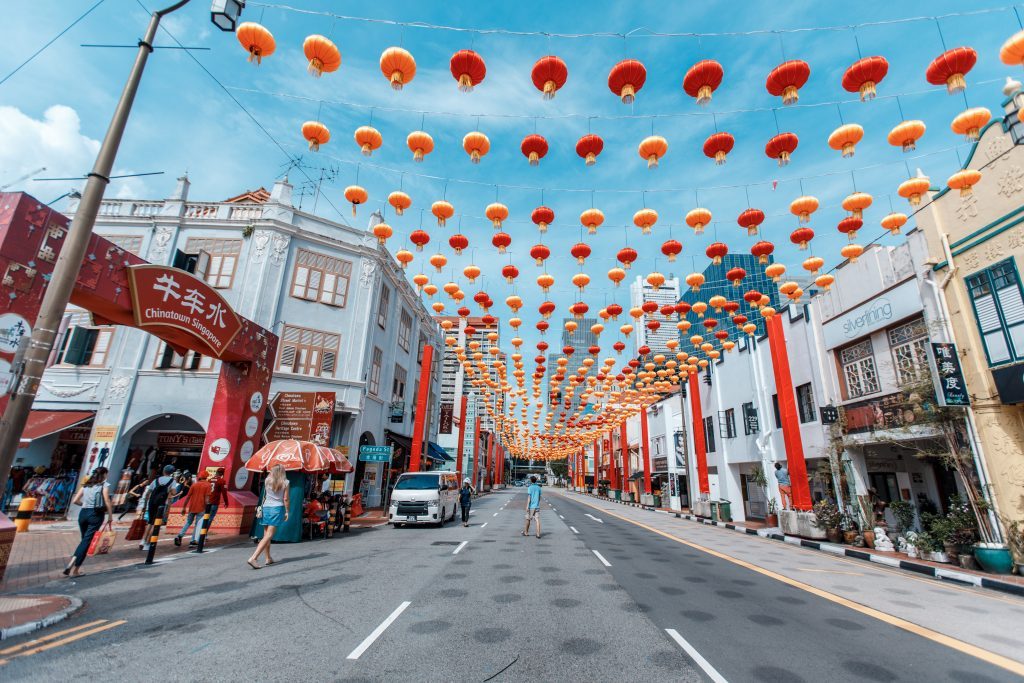
Back in the day, Sago street used to be lined with sago factories. Sago is starch which is extracted from palm stems.
However, beyond these factories lay a pretty morbid underbelly of brothels and ‘death houses’.
‘Death Houses’ were basically mortuaries but people regularly visited them to prepare for their own funerals or to simply wait for their deaths.
This was largely because many Chinese immigrants lived in the crammed quarters of Chinatown. When someone got terminally ill, they would go to these ‘death houses’ and wait out their death.
This was because there was also a Chinese superstition which stated that death was not allowed to occur in a house. If it did, bad luck would befall all its inhabitants.
5. Opium was rampant in the area
Source: Fringe 78/ Shutterstock.com
In the past, opium contributed greatly to Singapore’s trade. It was brought in by Chinese migrants and brought great profits to the country.
However, opium is highly addictive and many migrants started to get addicted. This led to many people resorting to crime in order to support their addiction.
Opium was eventually shut down by the authorities but during its peak, you could find many opium dens lining the streets of Chinatown.
6. Chinatown used to be a place of brothels, gambling dens
Source: Nejron Photo/ Shutterstock.com
Besides opium, Chinatown of the past was also full of brothels and gambling dens. They usually operated from the many shophouses along the street and Chinatown was technically an infamous red-light district.
Many of the prostitues came from places such as Japan, China and Europe.
However, there was little governing the practices of these brothels and many of the women were severely mistreated and abused. A lot of them ended up with Sexually Transmitted Diseases (STDs) and some even resorted to taking their own lives thanks to their horrendous treatment.
7. It is home to the oldest Hindu temple in Singapore
Source: Pierre Aden / Shutterstock.com
If you’ve visited Chinatown, you’ve probably walked past a huge Hindu temple and possibly thought nothing much of it.
However, the Sri Mariamman Temple in Chinatown is actually the oldest Hindu temple in Singapore. It is a very popular place for activities and gatherings among the Hindu community.
8. People used to get around in bullock carts 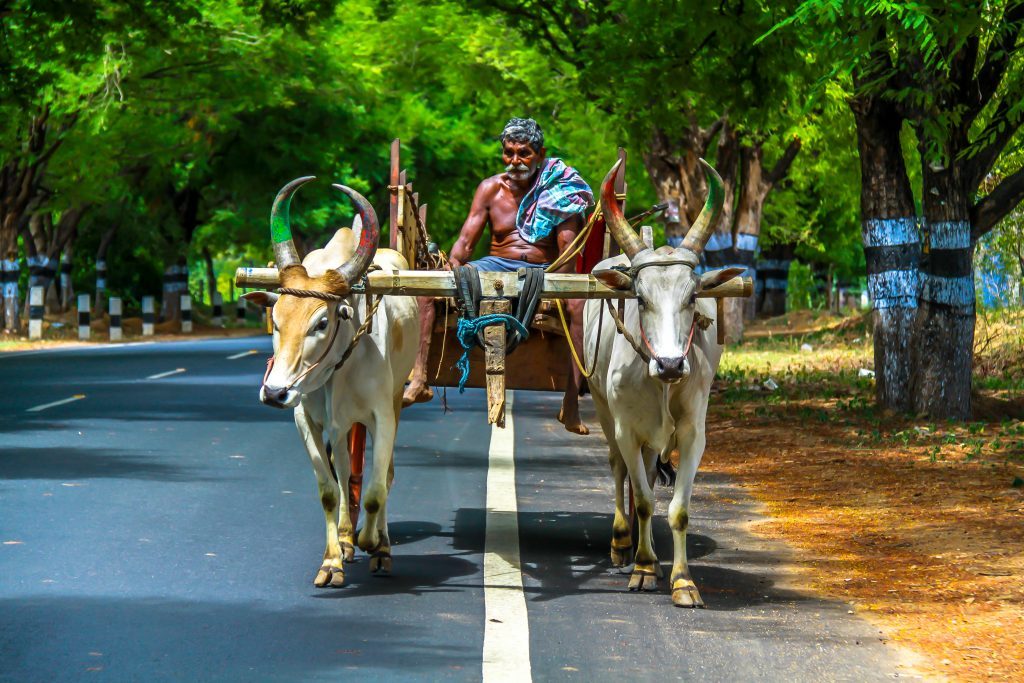
Back in the day, water and many different types of goods were typically transported by bullock carts. It was a very popular mode of transport and many people also used these carts to get around Chinatown.
Today, you can’t really find bullock carts around but if you’re feeling nostalgic, you can still find trishaws in the area which can take you around and give you a similar experience.
9. There used to be secret police bunkers in the area
Source: Stastny_Pavel / Shutterstock.com
In the Chinatown area, there were many hidden police bunkers. These police bunkers doubled up as bomb shelters and they acted as an operations room for police activities.
If you go back in history, you will find that many major issues were managed and resolved in these bunkers.
For example, the 1956 Chinese Middle School riots were managed in these bunkers. Later on, this served as the space where all of Singapore’s 999 calls were answered.
10 .You can date the shophouses by the materials they were built with
Source: Gnohz / Shutterstock.com
If you visit Chinatown, the official one that is, you will find rows upon rows of shophouses. However, you might not know that you can actually figure out their general histories just by looking at the types of material they were built with.
If you see shophouses which are two stories high and are built using plaster, they are likely the earliest shophouses which were set up between the 1840s and the 1900s.
If you see shophouses built with steel or concrete, you are likely looking at a shophouse built between the 1950s and 1970s.



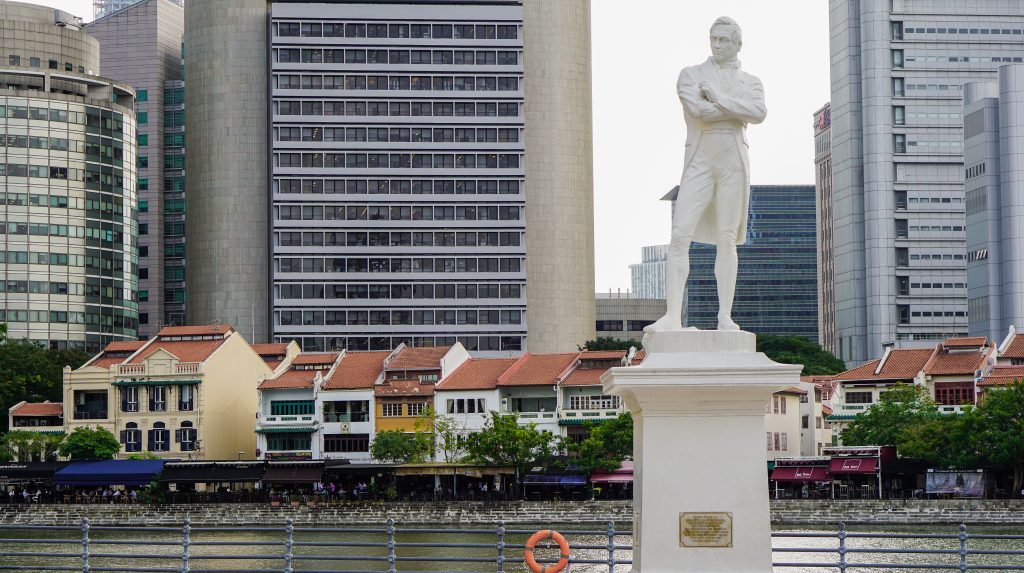
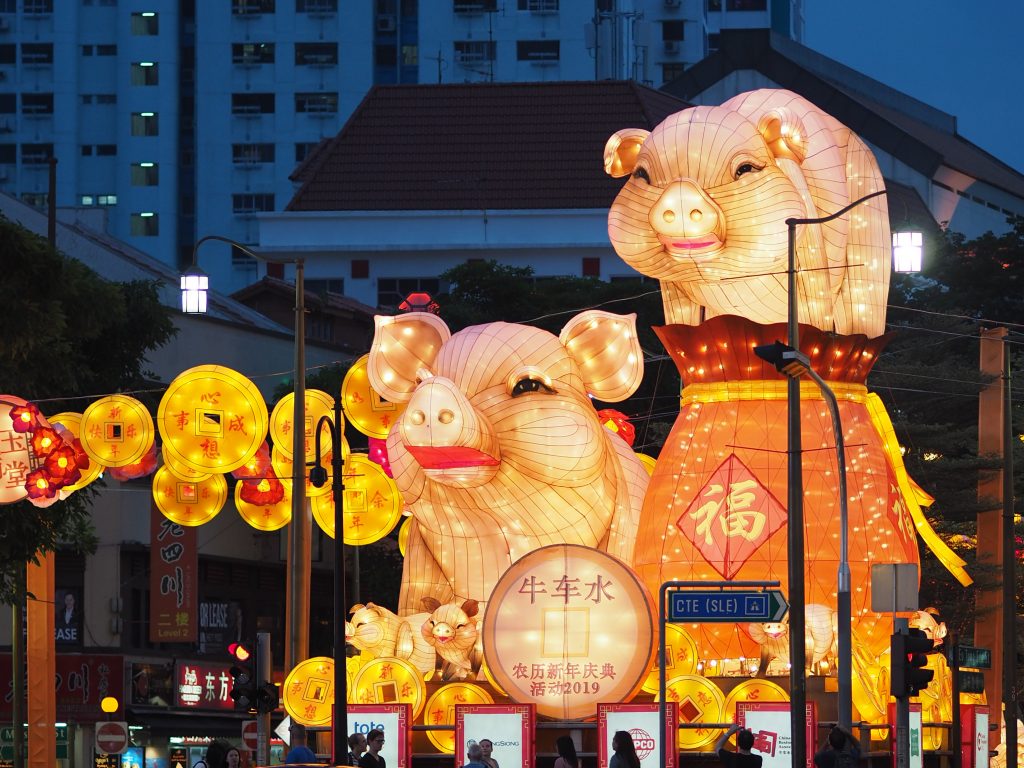
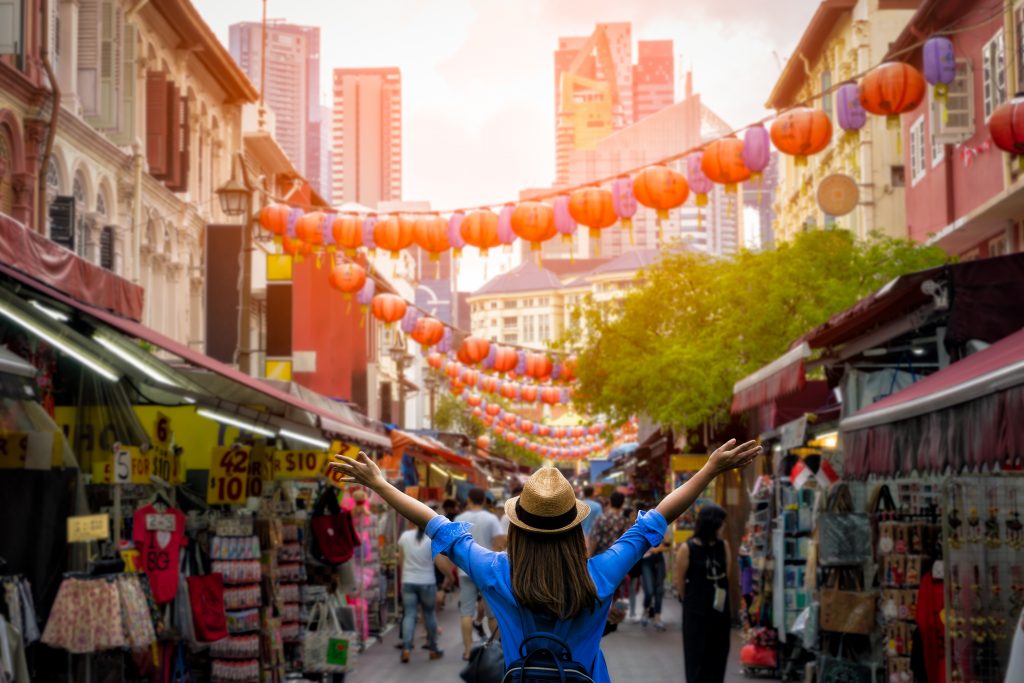
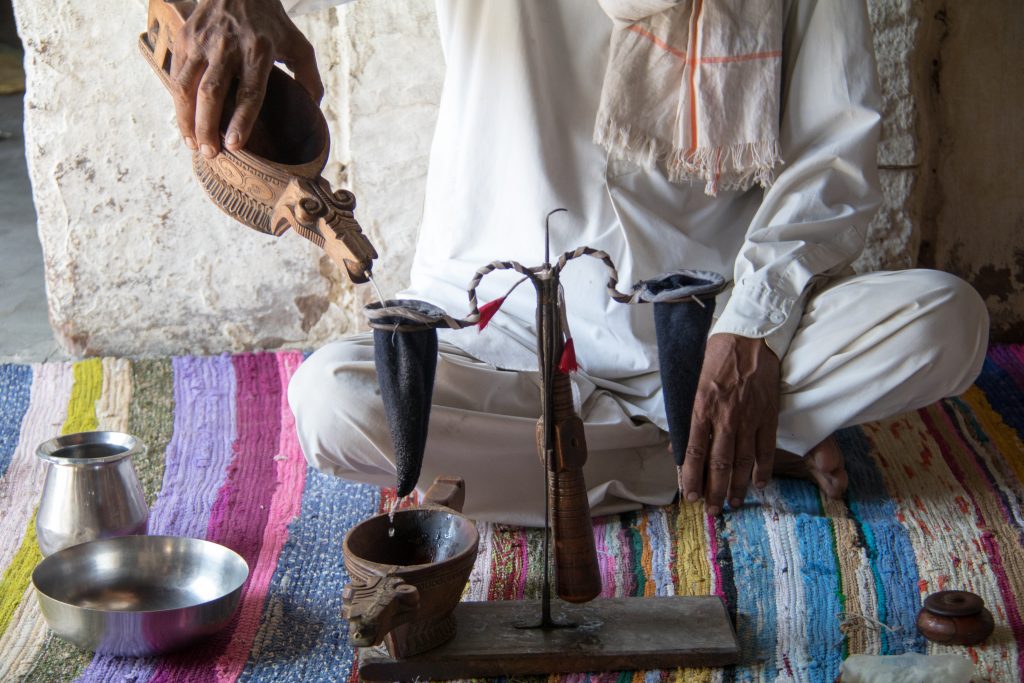
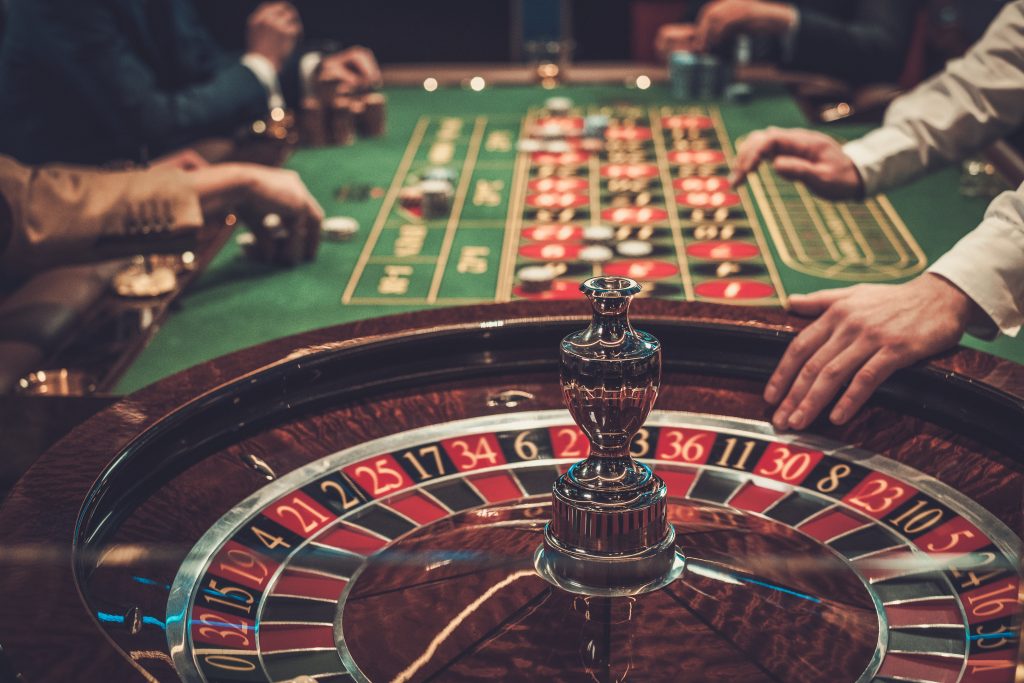
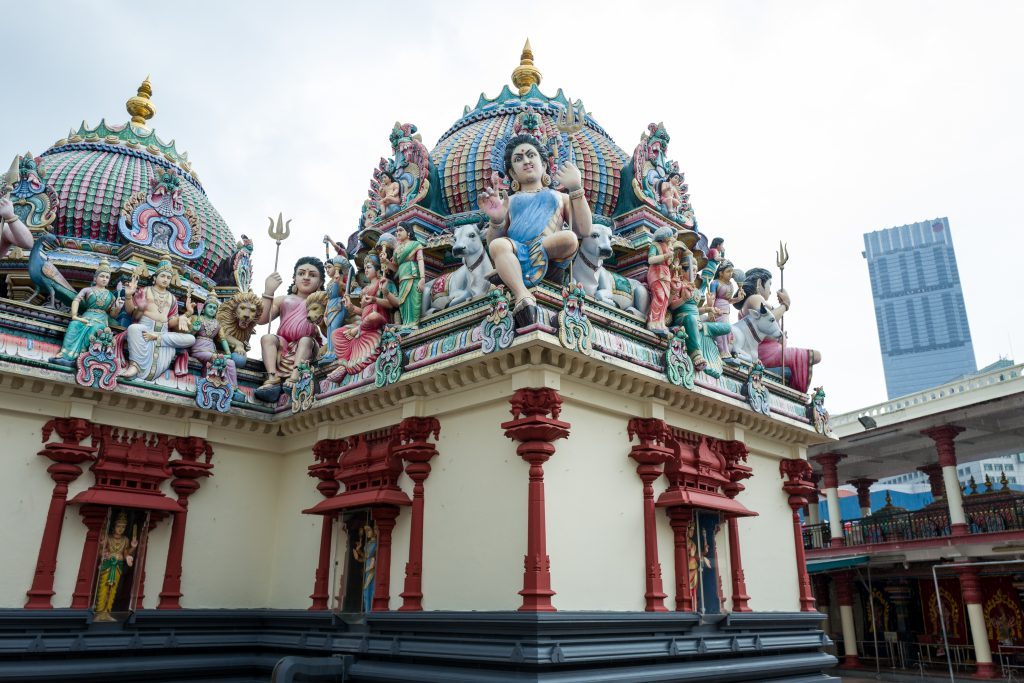
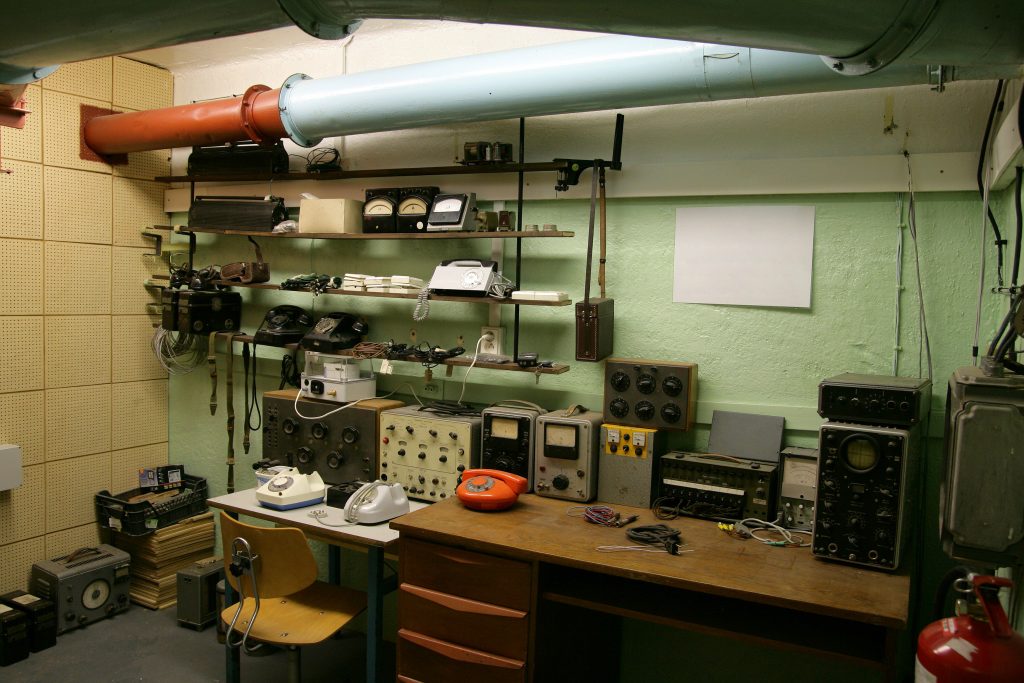
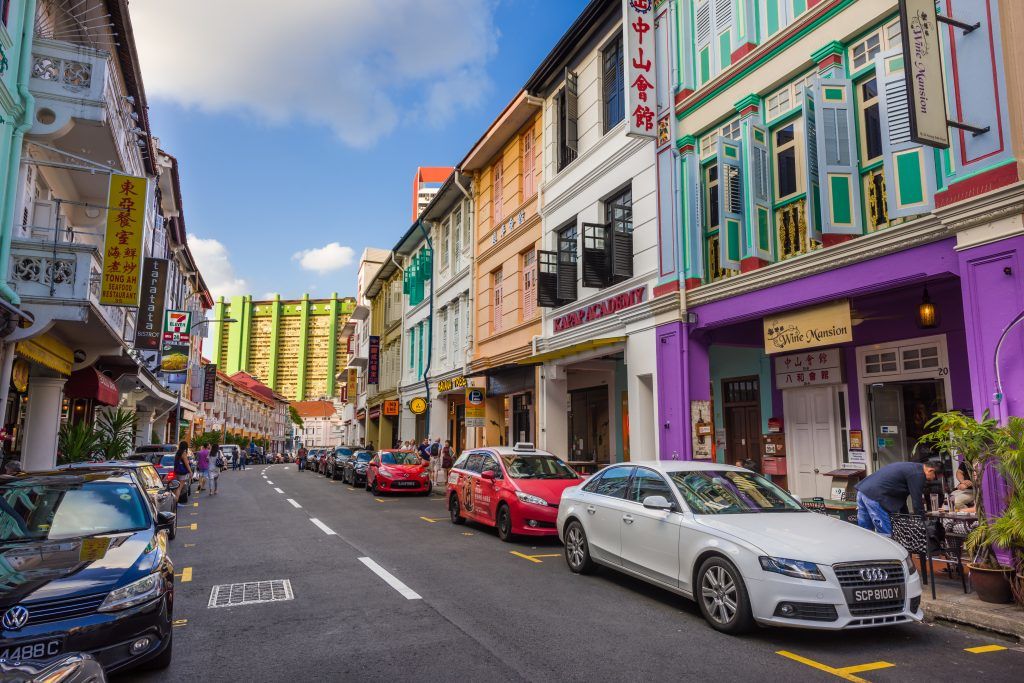
No Comments